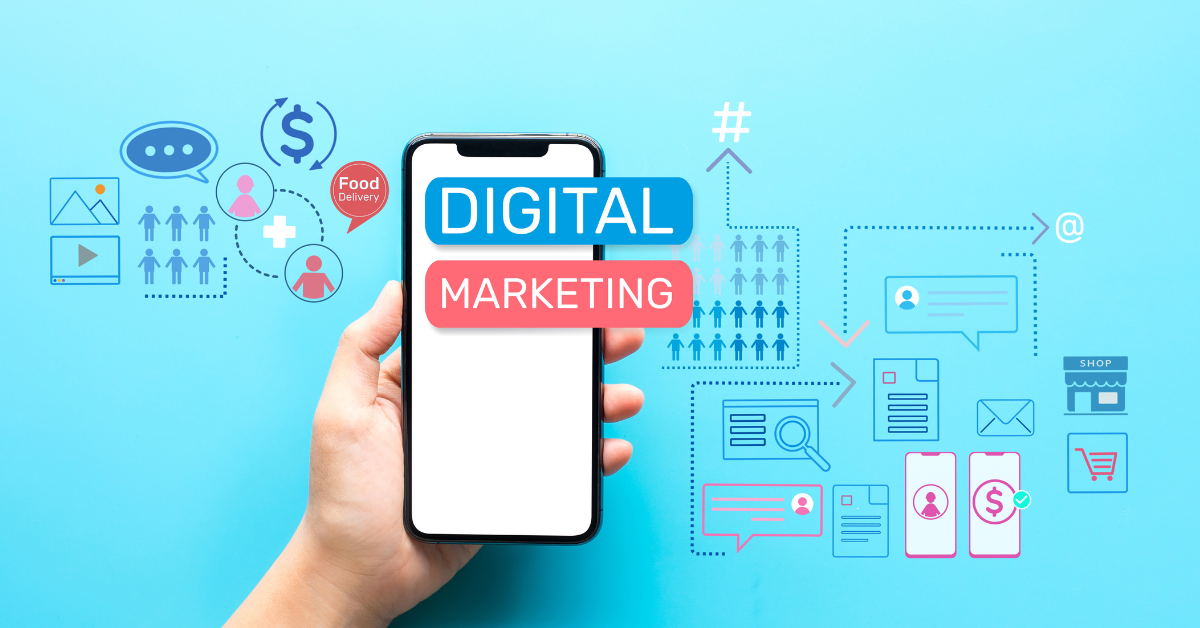A New Era for Instagram Profiles
Instagram has rolled out a major update to its profile grid, introducing a vertical-aligned thumbnail format. This shift aligns with Instagram’s focus on vertical content like Reels and positions the platform as a stronger competitor to TikTok. While some users have expressed frustration, Instagram is introducing new customization tools to ease the transition.
For marketers, this update presents challenges but also offers exciting opportunities to refresh your Instagram strategy, optimize your profile, and re-engage your audience.
What’s Changed in the Instagram Profile Grid?
Instagram’s new vertical grid replaces the classic square thumbnails with taller, vertically-aligned thumbnails. This change better accommodates the vertical photo and video formats that dominate the platform today.
Why the Change?
- Vertical Content Dominance: Most content uploaded to Instagram is now vertical. The new grid enhances the display of photos and videos.
- Competition with TikTok: By focusing on vertical content, Instagram aims to position itself as a top alternative to TikTok.
- User Experience: Vertical thumbnails offer a better visual experience for users scrolling through profiles.
New Features to Customize Your Profile
Instagram is rolling out additional updates to give users more control over their profiles:
- Grid Reordering: Users will soon be able to reorder their grid layout, enabling them to showcase their best posts or create visually cohesive designs.
- Highlight Integration: Instagram is testing moving Highlights into the grid, with options to rearrange and customize them.
- Direct Grid Posting: A new feature will let users post content directly to their grid, bypassing the feed entirely.
Challenges for Marketers and Creators
For users who meticulously designed grid layouts with square images, this update has disrupted carefully curated profiles. Instagram acknowledges this and plans to introduce tools to adjust thumbnail displays.
While this may feel like a setback, it’s also an opportunity for marketers to rethink how they present their content and use Instagram’s new tools to their advantage.
How Marketers Should Adapt to Instagram’s Vertical Grid
1. Refresh Your Profile Content
The new vertical grid provides a chance to revisit older content. Since only a small percentage of your followers see your posts the first time, reposting optimized content is an effective strategy.
Steps to Refresh Your Content:
- Analyze Engagement: Identify high-performing posts to repost.
- Reformat for Vertical Display: Ensure images and videos look their best in the vertical grid.
- Add Updated Captions: Use new captions to provide fresh context or updates.
2. Optimize for the Vertical Format
With the focus on vertical content, marketers should prioritize content that looks great in this format:
- Video Content: Reels and vertical videos should be the centerpiece of your strategy.
- Portrait Photos: Avoid posting square or landscape images without testing how they appear in the new layout.
3. Leverage Grid Reordering and Highlights
Grid reordering is a game-changer for marketers, allowing for strategic profile curation.
- Showcase Evergreen Content: Highlight timeless posts that resonate with your audience.
- Create Thematic Grids: Organize your content by themes, such as campaigns, testimonials, or product launches.
- Update Highlights: Use Highlights to keep important stories front and center.
4. Repost Content to Maximize Reach
Instagram’s algorithm limits how many followers see your posts. Studies show that, on average, only 10-20% of your audience sees a post the first time. Reposting ensures your best content reaches more users.
How to Repost Effectively:
- Space reposts over weeks or months to avoid redundancy.
- Refresh captions or hashtags for a new spin.
- Use Instagram Insights to identify the best times to repost.
5. Test Direct Grid Posting
With the new direct grid posting feature, you can share content exclusively on your profile grid.
- Use this feature for announcements or evergreen content.
- Pair it with grid reordering to strategically highlight important posts.
Opportunities for Marketers
This update isn’t just about adapting to a new format—it’s about leveraging the change to stand out:
- Increased Engagement: Vertical thumbnails provide a better user experience, encouraging profile visits and interactions.
- Content Repurposing: Reposting optimized content saves time while maximizing impact.
- Brand Creativity: The ability to reorder grids and integrate Highlights allows for innovative profile designs that reflect your brand identity.
Conclusion: Embrace the Change
Instagram’s vertical grid update is a significant shift, but it’s also an opportunity for marketers and creators to refresh their profiles, re-engage their audiences, and showcase their brands in new and exciting ways.
By leveraging tools like grid reordering, Highlight integration, and reposting strategies, marketers can adapt to this new format while maximizing their content’s impact.
Ready to take your Instagram strategy to the next level? Contact Amber 90 for expert guidance on adapting to social media updates and optimizing your content strategy.







